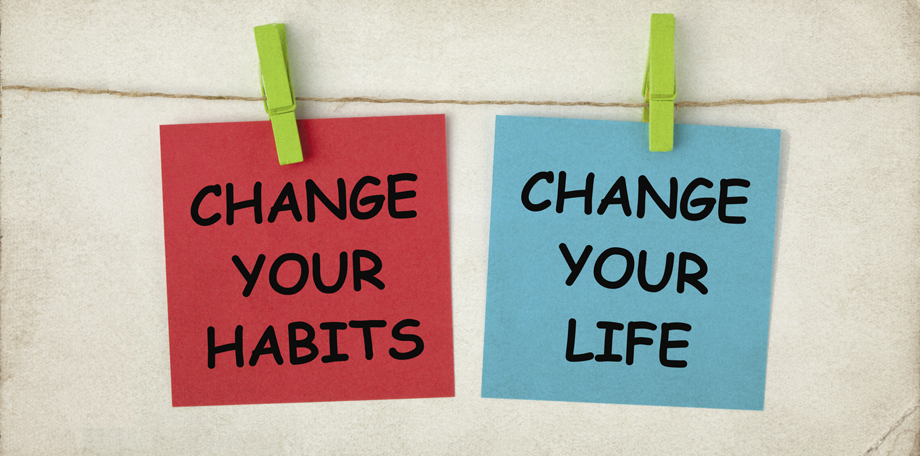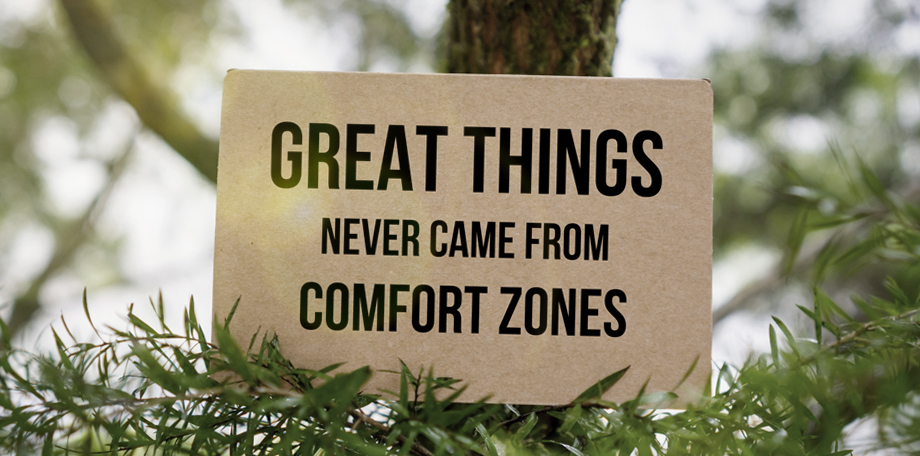At the beginning of a new year, many people make resolutions they want to stick to – be more mindful, eat healthier, exercise regularly, spend more time with family, save money, go for that promotion, make more time for self-care. While the lists will vary based on our different belief systems, achieving our goals all begins the same – with motivation.
Internal vs. External Motivators
Motivation is having the passion and the will to undertake some action. It may be internal or external.
Internal motivation is when you do something for its own sake without receiving any type of external reward. It’s generated from our feelings, thoughts, values and goals. External motivation is when you behave a particular way for reasons outside of yourself, such as what your parents, boss, coworkers, and friends would want you to do. It could also be a requirement of your job, such as a sales goal your boss has identified that you need to meet. Society at large also plays a big part in external motivation – we see people getting promotions, moving into bigger houses, driving better cars, and we want to work harder to make more money so that we can have these things too.
When you are externally motivated to make a change, what drives the change is outside of you and your control. These external factors can change and be situational, which means the goalposts constantly move. For example, if you’ve worked really hard to meet a goal your superior has set for you, you receive praise. But next month, your goal is set even higher. That moving target can be depleting and defeating over time.
But when you are internally motivated, the finish line doesn’t shift as much because it’s not based on someone else’s whim. You make a change based on what you have determined would help you live your best life and have your most successful career. Since you are accountable to yourself, you control the variables that dictate your success or failure. Internal motivation is at the root of systemic change.
Changing Cycle
Think of a behavior change as a cycle.
First, you learn about something that interests you from an external motivator. For example, I have an executive coaching client (we’ll call her Sarah) who recently started meditating because someone close to her thought it would help her manage stress. So, she gave it a go.
After spending some time honing her meditation practice, Sarah started noticing her productivity at work increasing because she could attend to situations in a more concentrated way. That was a skill she valued, but something she had struggled with for a while. Sarah also felt more relaxed, because she felt like she was getting more done at work. She saw herself having a more focused state of mind and making decisions more deliberatively.
Sarah noticed when she was consistent with meditating, she was more at peace with her life. But maintenance of a new behavior can be hard, even when our internal motivation is driving us. Life can get in the way, and our best intentions can fall by the wayside. I recently reminded Sarah to take a step back to evaluate her values and make a commitment to prioritizing them in her life.
Step 1: Identify your goals. In Sarah’s case, it was to manage her stress better, especially while at work.
Step 2: Identify the behavior that will help you meet your goals, typically through an external motivation. The friend sharing her own experience with meditation and suggesting Sarah give it a try is that external motivator.
Step 3: Internalize the behavior to your values and determine how it fits into your life. Sarah recognized that she felt more relaxed while optimizing her performance at work so she realized she should spend the time and effort to put herself first by meditating.
Step 4: Practice the behavior regularly enough so that it becomes a habit. That’s where Sarah got stuck, but there’s a lot of science behind building and breaking habits to help.
Creatures of Habit
I recently listened to the Hidden Brain podcast Creatures of Habit with author Wendy Wood, which was fascinating. Wendy’s book Good Habits, Bad Habits: The Science of Making Positive Changes that Stick is based on research done at the University of Southern California where she is a professor of psychology and business. Wendy says we can all become experts at building good habits and dismantling bad ones if we understand the psychology behind our routines. And despite what we may believe, willpower is not at the core of long-term change.
Wendy says she got into research because she wanted to understand what helps people persist. We can all eat healthy, save money or get more sleep a few times, but it’s much harder to do those behaviors on a consistent basis. She first thought people simply needed commitment and self-control to change, but what the research shows is that conscious willpower is not the driving factor behind sustained behavior change. So, how is it done? Habits.
Habits are cognitive associations. Wendy describes them as mental associations that we form when we repeat an action over and over again in a given context and then get a reward. Habits can be hard to start but once they are in place, they stop being conscious and become automatic and unconscious. Wendy’s research shows that about 43% of everyday actions are done repeatedly, almost every day in the same context. That makes sense when you think about how our brains work. The average person has up to 60,000 thoughts per day and 54,000 of them will be the exact same thoughts you had yesterday.
Related: 3 Simple Strategies for Changing Habits
Life on Autopilot
Corporations are drawing on insights about habits to influence their workforce and their customers. Think about your last Uber ride. Chances are, the driver was assigned to his or her next ride before you even got out of the car. That doesn’t give the driver time to think about whether or not they want to quit for the day, they just move on to their next fare. Netflix works the same way. When you are finished watching an episode, the next episode begins in a matter of seconds. So by making a behavior frictionless, it becomes more likely to happen.
We know that people are more likely to repeat actions that are easy for them and actions that are fun. So in order to develop a habit, you need to figure out a way to make it more fun and reduce friction. When something is hard, that’s high friction. When something is effortless, that’s low friction. If you want to build a behavior into a habit, you actually want to try and make it as unconscious and as automatic as possible. And if you want to stop a bad habit, you should try to find ways to make it harder on yourself so that you stop and think, this is not really what I intended.
Friction Facts
We can put this practice into place in our daily lives to reach our goals. For example, Sarah often made the excuse she didn’t have time to meditate. She could remove some of the friction by setting up a time of day where there are limited distractions to practice. Perhaps that’s first thing in the morning before the kids get up, or maybe you have a cup of coffee first and move into a different room with a comfy chair and your favorite blanket.
I often suggest to my clients that times of transition are appropriate for meditation. Maybe you get to the office five minutes early, or you set aside five minutes before each meeting to settle the mind. You could even practice mindfulness in the car once you pull into the driveway after work but before you go inside to the craziness of home. Find times of transition that allow you some space to yourself.
Habit Piggybacking
You can also set yourself up for success by taking a behavior that you’re already doing and inserting a new behavior that you want to add, otherwise known as piggybacking or stacking. For example, Sarah loves to run and read and always makes time in her day for these activities. To add meditation to the list, she could go for a run in the morning and pair it with a 5 minute meditative stretch – good for the body and the mind. Or, she could read for a half hour in bed at night and practice a 5 minute meditation before turning out the light. You can be more consistent in forming new habits by stringing habits together like a chain.
Do you need assistance in breaking or forming habits and determining your motivation for doing so? An executive coach can help.



